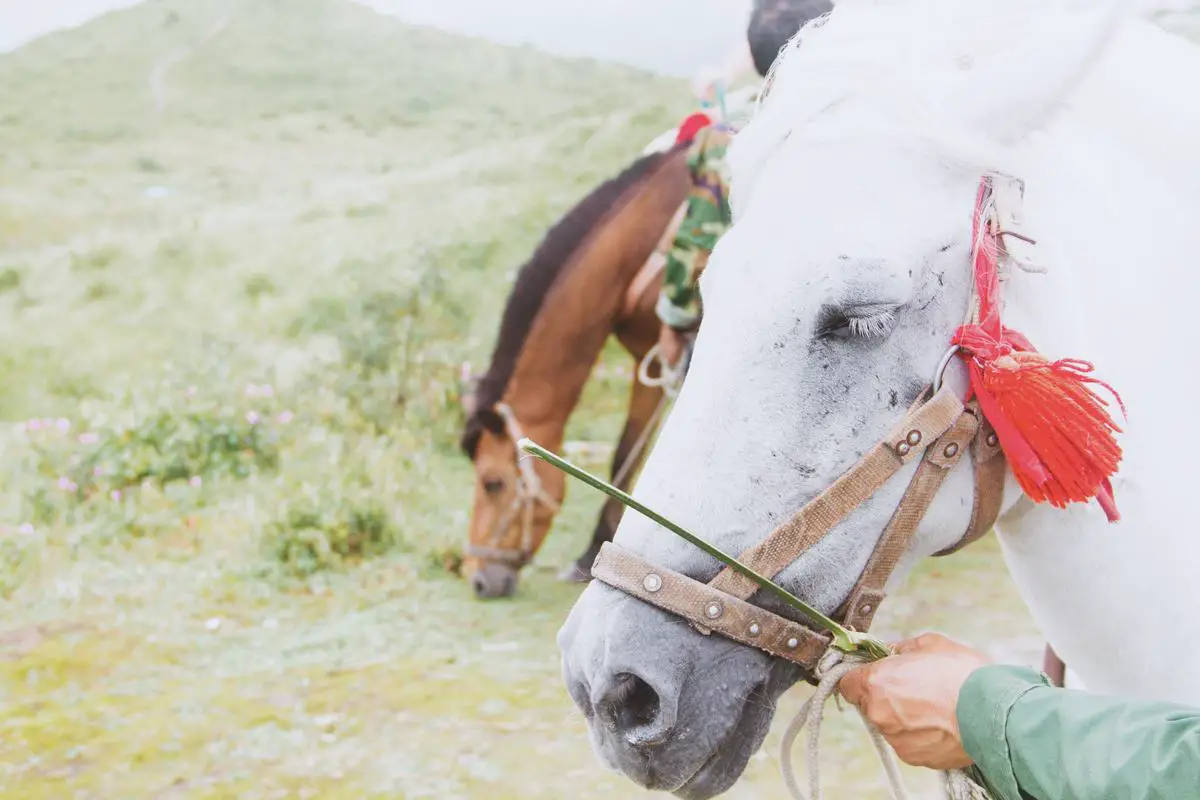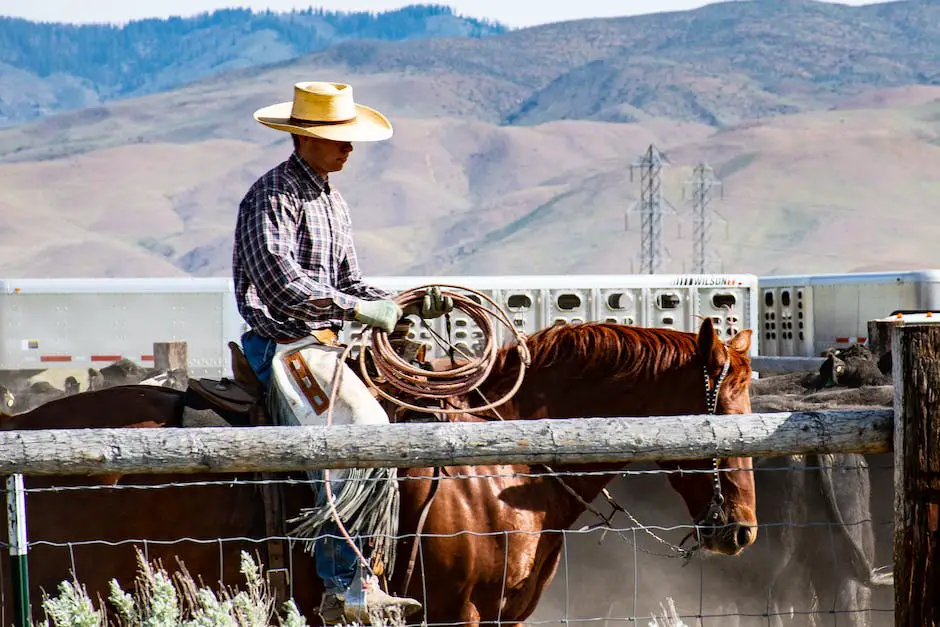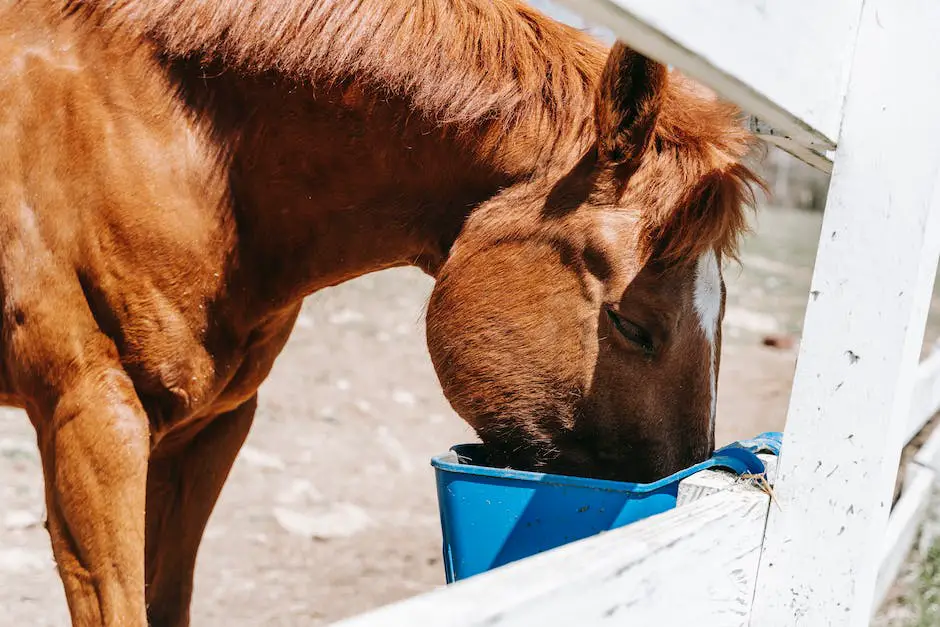The Shire horse, a breed renowned for its impressively large stature and distinct physical characteristics, has long captivated the interest of horse enthusiasts across the globe. A deep exploration into the stature and presence of this magnificent breed unveils an intricate interplay of factors that come together to shape their unique identity. From the influences of age and gender to the imposing size that has contributed to an array of historical and current uses of Shire horses, there is more than meets the eye in this remarkable breed. Further, understanding the potential health and care requirements shaped by its size provides a critical insight into the complex needs of these gentle giants. This essay uncovers these fascinating aspects, providing a comprehensive insight into what truly constitutes the notable Shire horse.
Table of Contents (Horspedia)
Physical Characteristics of Shire Horses
The Shire horse
The Shire horse, known for being one of the largest breeds of horses, boasts some impressive physical characteristics. On average, they stand a significant 17 to 19 hands high – that’s about 68 to 76 inches from the ground to the withers, or the highest point of a horse’s back at the base of the neck. Just to give you a comparison, most horse breeds average between 15 to 16 hands. However, shire horses have been known to reach over 21 hands, a record held by a Shire named Sampson who stood at 21.2 and a half hands high.
In terms of weight, Shire horses can range from 1,800 to 2,400 pounds, although some males can exceed this, tipping the scales at over 2,600 pounds. Their large and powerful bodies have a broad, muscular chest and hindquarters, with thick, sturdy legs boasting impressive feathering – long, flowing hairs around the lower legs and hooves. This breed also has a distinctive Roman, or arched, nose. Despite this solid, muscular build, the Shire horse has a reputation for a docile and calm temperament.
Distinctive Features and Colors of Shire Horses
The Shire horse, known as a gentle giant in the equestrian world, is distinct from other breeds by its rich and shiny coat, a luxuriously thick mane and tail, and prevalent white markings on the face and legs. The coat colors primarily exhibit shades of black, bay, and gray, though shades of roan, chestnut or brown are occasionally observed. These characteristics contribute to the unique charm and reputation of the Shire horses.

Photo by alpacccca on Unsplash
Variations in Size Based on Age and Gender
Growth and Size Transition from Foal to Full-grown Shire Horse
The Shire horses, like others, achieve their maximum size as they mature, often around the age of four to five years. At birth, Shire foals tip the scale at a substantial 200 to 250 pounds and measure about three feet at the shoulder. They exhibit a rapid growth spurt, and by the age of six months, they are capable of weighing roughly 800 pounds. Gradually advancing into their adolescence, these gentle giants further expand in size and bulk. A two-year-old Shire horse is expected to stand over five and a half feet tall and weigh more than 1,200 pounds.
Understanding the Size Differences in Shire Horses by Gender
The size distinction of Shire horses significantly varies according to their gender. Usually, male Shire horses, also known as stallions, are of a more remarkable size compared to the female Shire horses, or mares. An average adult stallion typically stands from 17.2 to 19.2 hands high, where a ‘hand’ represents approximately 4 inches in equestrian terminology, and can potentially weigh between 1,800 to 2,400 pounds. On the other hand, mares are marginally smaller, measuring an average height of 16 to 18 hands and weighing between 1,600 to 2,000 pounds. Regardless of this size variation, both sexes display the breed’s inherent muscle mass and heavy bone structure.

Historical and Current Uses of Shire Horses
The Significance of the Size of Shire Horses in History
The awe-inspiring physique of the Shire horse, with a mature male possibly standing as tall as 17 hands high (approximately 68 inches) and weighing as much as 2400 pounds, historically made it an excellent selection for undertaking hefty farming labor and hauling large loads. Before mechanization, the essentiality of working horses in agricultural societies was immense, and the larger a horse was, the more tasks it could perform, emphasizing the relevance of the considerable size of Shire horses. These formidable beings played an instrumental role in powering the United Kingdom’s Industrial Revolution, primarily employed to transport heavy goods from canals to factories.
Modern Roles of Shire Horses
Despite their historical use in agriculture and heavy industry, Shire horses in the modern era find themselves employed more frequently in specialty and recreational roles due to their enormous size. However, some are still used in draught work and forestry. More prominently, their impressive size and docile nature have made them popular for participating in public processes such as parades and various ceremonies. Many breweries curate teams of Shire horses for promotional work, which may involve trotting through urban areas drawing carriages or being central attractions in horse pulling contests where their remarkable strength is showcased. Their monumental height and weight enhance their beauty, making them a truly captivating sight to behold.

Effect of a Shire Horse’s Size on Its Health and Care Requirements
The Majestic Size of Shire Horses
Among the most immense and towering breeds in the equine world, Shire horses typically stand at a height ranging from 17 to 19 hands. Given that a “hand” is equivalent to four inches, this translates approximately to 5.6 to 6.3 feet at the shoulder. Their weight usually fluctuates between 1,800 and 2,400 pounds, with males being on the more substantial end of the scale as compared to their female counterparts. This colossal size not only distinguishes them from other breeds but also contributes to their unrivalled strength. However, it’s important to highlight that these same dimensions can sometimes lead to health and care complexities.
Health Issues and Care Related to Size
Due to their massive size, Shire horses encounter several unique health and care issues. Their large frame means they require more feed than smaller breeds—an average-size Shire horse typically eats 20-25 pounds of hay and 2-5 pounds of grain daily, depending on its level of activity. A proportionately higher intake of nutrients and high-quality forage is crucial for maintaining their muscular build and to cater to their high metabolic rate.
They often suffer from conditions like osteoarthritis, exercisable rhabdomyolysis (tying-up syndrome), and laminitis due to the strain on their joints and limbs resulting from the massive weight they carry. Large hoof sizes also mean they are more likely to have hoof and leg problems, which necessitates regular farrier visits for hoof care.
Exercise and Fitness Recommendations
As it comes to fitness, despite their stature, Shires are not as high-energy as some smaller breeds. Moderate exercise is sufficient to keep them healthy and fit. Routine activities such as pulling weight, riding, or light draft work can help manage their weight and reduce the risk of obesity and related health problems. However, their exercise routines need to be carefully managed to prevent stress on their joints and limbs.
Although the Shire horse’s size presents unique health challenges and care needs, these can be effectively managed with proper feeding, regular veterinary care, and adequate exercise.

As our journey of understanding through the fascinating world of Shire horses concludes, we gain a profound appreciation for their unique size and role in our human lives. The grandeur of their physical attributes, significant size variations with age and gender, their diverse usage across time, and their unique health and care requirements all contribute to the captivating allure of the Shire horse breed. Comprehending these elements equips us with an essential perspective of their intrinsic value, not just to their admirers and caretakers, but to broader society. This multifaceted exploration into the Shire horse underscores its striking charisma while emphasizing their critical health needs and care necessities brought on by their impressive size.